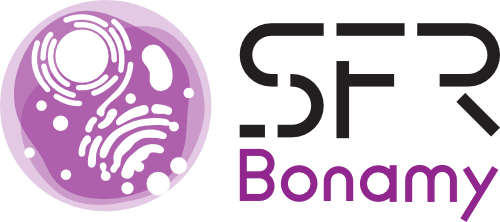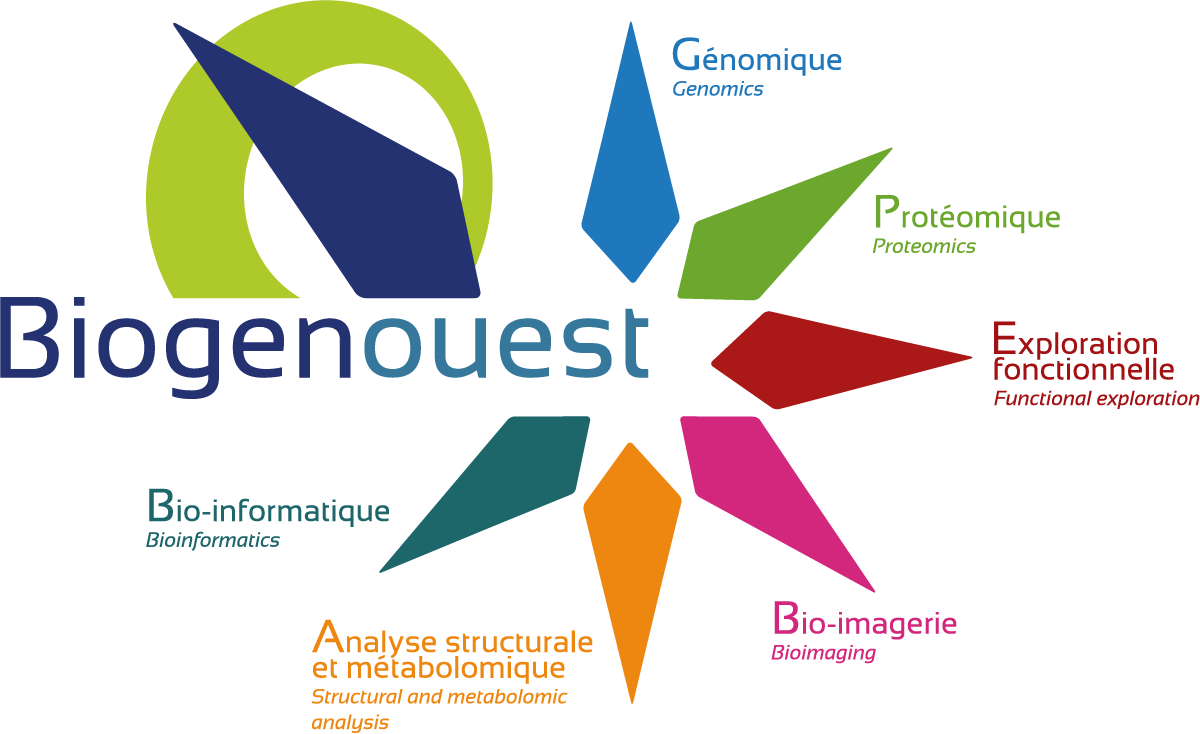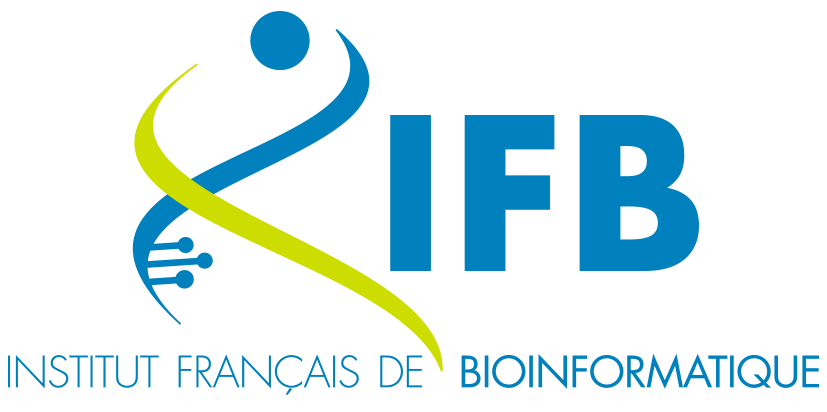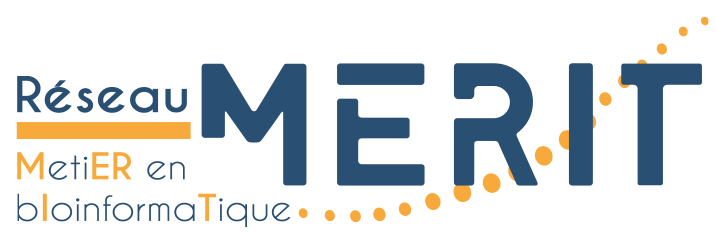Core Labs
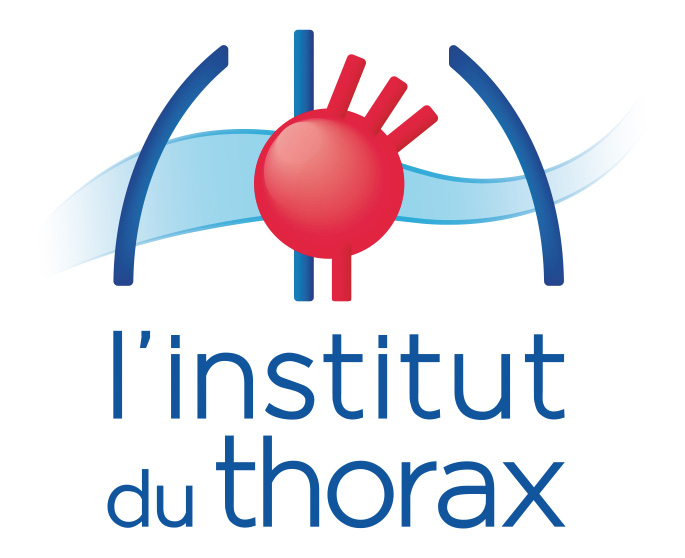
ITX gathers research teams in human genetics and genomics. ITX aims at elucidating the molecular mechanisms of cardiovascular pathologies (sudden death, arrhythmias, valvulopathies, cerebral aneurysms, etc.). Analysis strategies are based on high-throughput genomic screening coupled with the development of novel bioinformatics tools targeting new risk markers.
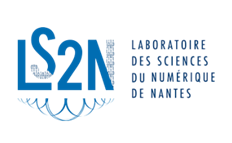
The Combi team of LS2N focuses on comparative genomics and systems biology. The main research axes developed in this team cover i) from genome to graph comparison ii) from biological process modeling to community modeling iii) Linking modeling scales to extract biomarkers and iv) Bioinformatics developments.
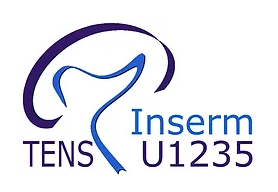
The Research Unit 'The Enteric Nervous System in Gut and Brain Disorders (TENS)' is a Inserm/Nantes Université research unit (UMR Inserm 1235) member of IMAD (The Institute of Digestive Diseases). Its research teams work on neuro-developmental, inflammatory intestinal diseases, neurodegenerative diseases and also on colorectal cancer or spinal cord injury.

ICAGEN team aims at dissecting the genetic and epigenetic mechanisms that underpin cancer development and therapeutic resistance, with a particular focus on immunotherapies (CAR-T cells and bispecific antibodies) that show great promise in myeloma. To that aim, we integrate genomic, epigenomic and transcriptomic data, and we develop innovative single-cell technologies and computational approaches to characterize the evolution of myeloma cells and their interactions with immune cells during treatment.

The general aim of the PhAN research unit is to determine whether nutrition at the start of life (foetal and neonatal period) has long-term effects (nutritional imprint) on two key organs of nutrition; 1) the gastrointestinal tract (epithelial barrier and intestinal microbiota) 2) the hypothalamus and the neuronal circuits involved in regulating food intake; 3) if this is the case, to elucidate the mechanisms involved in these effects.

The “Next-generation disease models” research group was created to provide new preclinical models complementary to in vivo experimentations, for the development of gene therapy strategies. The development of second-generation gene therapies will therefore require experimental models that are versatile, easy to use, and as close as possible to the patient.
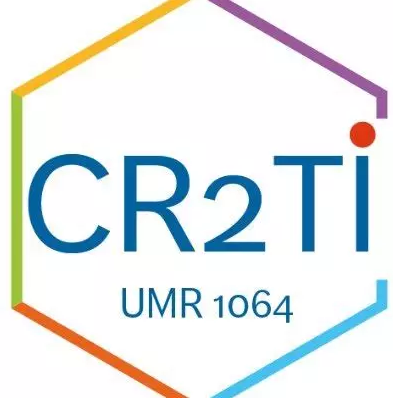
The Team2 main objectives are the analysis of immune responses and tolerance induction in transplantation, both basic and translational research, with the development and application of genetic engineering and stem cell approaches. Our research projects are organized along 3 main axes; 1)Immune tolerance and immunotherapies 2)Transgenesis, genome and epigenome editing 3)Stem cell fate, developmental biology and fertility.

The UMS Biocore is a joint service unit, Inserm US 16, CNRS UAR 3556, UMS 3556 Nantes University and Nantes University Hospital. It currently comprises 36 technical and administrative staff working on 7 platforms, as well as a support service.
Network
BiRD collaborates closely with GenoA which manages high-throughput sequencing projects (such as RNA-seq, whole genomes, metagenomics, etc.).
GLiCID is a regional infrastructure supporting the computing needs of academic or industrial scientists. GLiCID gathers five regional infrastructure BiRD/Nantes Université, CCIPL/Nantes Université, ICI/Ecole Centrale Nantes, INFRALAB/Le Mans Université, MATSTIC /Angers Université.
SFR Bonamy federates Life Science technological facilities at the scale of Nantes University.
BioGenOuest is the interregional network of technological core facilities for Life Sciences.
IFB federates a national network of bioinformatics platforms. Through a large community of bioinformaticians, IFB provides support, deploys services, organizes training and carries out innovative developments for Life Sciences.
ELIXIR is a European life sciences infrastructure, bringing together scientists from 23 countries and over 250 research institutes. We enable researchers to access and analyse life science data, to improve the value and impact of life science research on public health, the environment and the economy.
MERIT aims to bring together bioinformatics engineers from Higher Education and Research establishments (ESR) on a national scale to help structure this community by encouraging exchanges.
Funding








